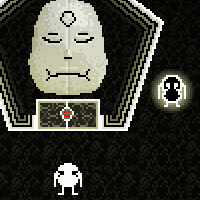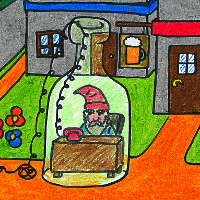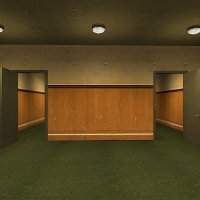Jonas Kyratzes just posted a piece called “Narrative as Gameplay” where he responds to complaints that his games lack “gameplay:”
[Narrative creates] a form of interactive storytelling that I would say constitutes gameplay as much as anything else in games does. In some games, you click on the enemy soldier and the enemy soldier dies, removing an obstacle to victory. In my games, you click on an object and it gives you a description, removing an obstacle to understanding.
This is a very important point, and it deserves further exploration. Most games have a structure composed of a cycle of actions and rewards. You do something you’re supposed to do, and the game rewards you. Classic positive reinforcement. These rewards can be in the form of points (or money, etc.) but they’re most effective in the form of content. If you beat this boss, you get to see the next level. If you pass this test, you get to advance to the next grade. If you explore a side path, you get to see a cool room. If you examine this object, you get a cute joke.
These things are all analogous. There’s different scales to the rewards, but the 3XP you get for killing a rat is analogous to the 20 gamer points you get for an achievement is analogous to the ending cinematic you get for defeating the final puzzle. The challenge may vary, and the reward may vary, but the mechanism is exactly the same. Most games are machines that dispense rewards (i.e. pleasure) when you press the right button.
Kyratzes’s games (especially The Book of Living Magic and Desert Bridge) tend to have a ton of side content like object descriptions that aren’t part of the main beat-the-game path to the end. They have a collection of trickier critical-path puzzles or challenges, and then a lot of incidental rewards that are provided in response to easy actions. This is just like, say, Diablo, which has a set of tricky battles punctuated by a lot of walking around, killing minor monsters, and smashing barrels. In games like Kyratzes’s, you click on the right thing and instead of a spray of gold coins you get a joke or an insight into the world.
 Steve Cook
Steve Cook 
